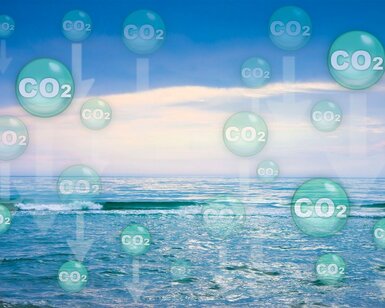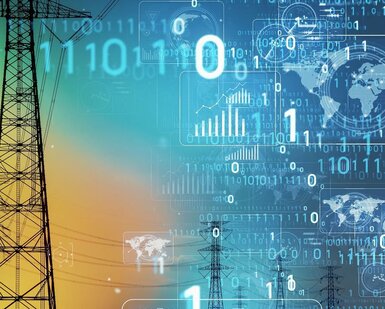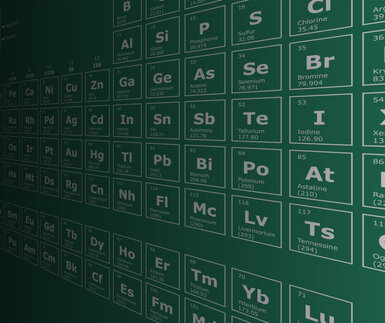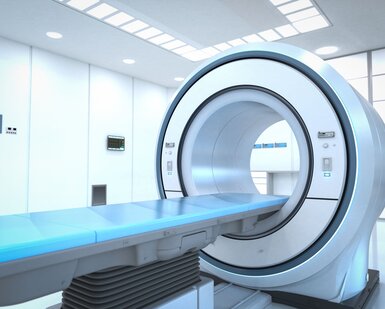Please type a search term (at least two characters)
News
EMPIR project contributes to more accurate observations of ocean acidification

Carbon dioxide, released from man-made activities, is lowering the pH of the Earth’s oceans, and impacting the health of marine organisms worldwide
Carbon dioxide (CO2), emitted through processes such as the combustion of fossil fuels, is a greenhouse gas that drives climate change. Approximately one third of this gas is absorbed by the Earth’s oceans where it reacts with water molecules to form carbonic acid, thereby decreasing the sea waters total pH (pHT). This is having a profound effect on marine life, hindering the formation of the carbonate shells by calcifying organisms, and causing respiratory difficulties and reproductive changes in marine species worldwide.
The European Marine Strategy Framework Directive targets a healthy marine environment through establishment of robust measuring systems. The Global Ocean Acidification Observing Network (GOA-ON) and UNECSO’s Sustainable Development Goal 14 (SDG14) both recognise the need to decrease sea acidification.
The international standard ISO 18191:2015 describes methods for measuring pHT but these lack metrological traceability to the International System of Units (the SI), fit-for-purpose uncertainty estimations and method validation.
Completed EMRP project Metrology for ocean salinity and acidity (ENV05, Ocean) developed pHT methodology based on the Harned cell primary system and established the first ever uncertainty budget for pHT values of seawater buffer with respect to Harned cell measurements. However, comparability of pHT values and the degree of equivalence obtained at different National Metrology Institutes (NMI) using this procedure, as well as the link of the spectrophotometric pHT measurement to higher order standards have not been demonstrated.
The current EMPIR project Metrology for standardised seawater pHT measurements in support of international and European climate strategies (20NRM06, SApHTIES) has addressed these issues, and produced two batches of metrologically characterised reference materials, using the Harned cell for measuring pHT. The new materials have demonstrated a measurement uncertainty of 0.0025 – lower than the 0.003 quality objective required by GOA-ON for the long-term monitoring of ocean acidification.
This work marks the inaugural production of such materials produced by a NMI, which have since been distributed to relevant oceanographic stakeholders. As well as the new materials, the project, due to finish in 2024, will produce a draft document of a revised ISO 18191:2015 to initiate standardisation actions.
The enhanced harmonization of pHT measurements, along with the subsequent improvement in the reliability of pHT data will increase confidence in the established models for CO2 emissions and support the implementation of international and European environmental strategies.
In the long-term this will aid in the design of more effective remediation measures required to protect the marine environment.
Enrica Alasonati (LNE) who coordinated the project said about the work
“The SapHTies project highlighted the increasing interest of the oceanographic community in metrology and fostered fruitful collaborations throughout its duration. Improving ISO 18191:2015 will enhance pHT measurement harmonization, ensuring long-term comparability and reliability. This boosts confidence in climate change models, aiding public authorities in explaining and communicating complex climate change phenomena.”
This EMPIR project is co-funded by the European Union's Horizon 2020 research and innovation programme and the EMPIR Participating States.
The EMRP joint research project was part of EURAMET’s European Metrology Research Programme. The EMRP was jointly funded by the EMRP participating countries within EURAMET and the European Union.
Want to hear more about EURAMET?
Sign up for EURAMET newsletters and other information
Follow us on LinkedIn and X/Twitter
Developing a measurement framework for performance and radio exposure in wireless networks more
The European Metrology Network for Smart Electricity Grids will strengthen Europe’s measurement infrastructure to support smart grids more
Working to increase knowledge of radionuclide decay data and to develop a new primary method for activity determination more
The sources will improve atmospheric transport models which can be used to track both radon and greenhouse gases more
Supporting innovations in combined imaging and radiation cancer treatment by standardising dose measurements more





